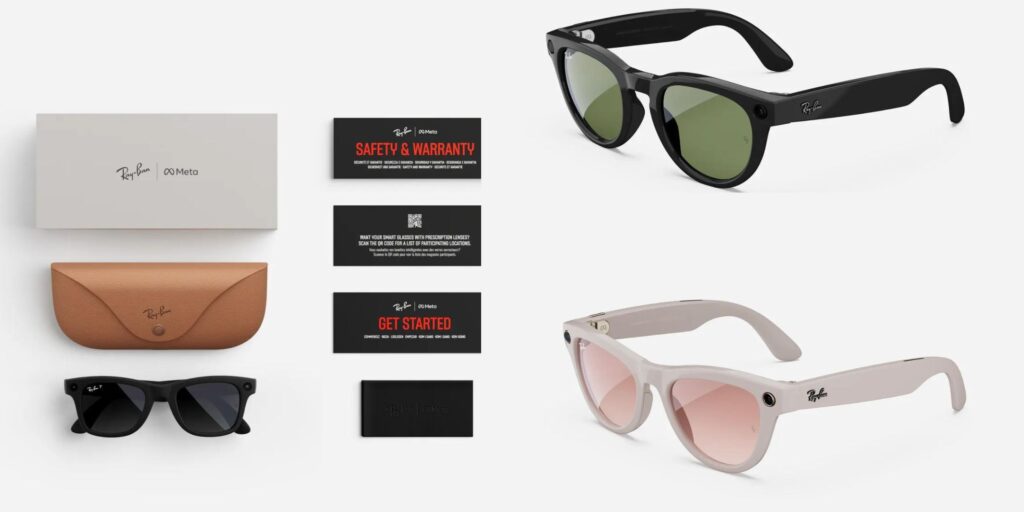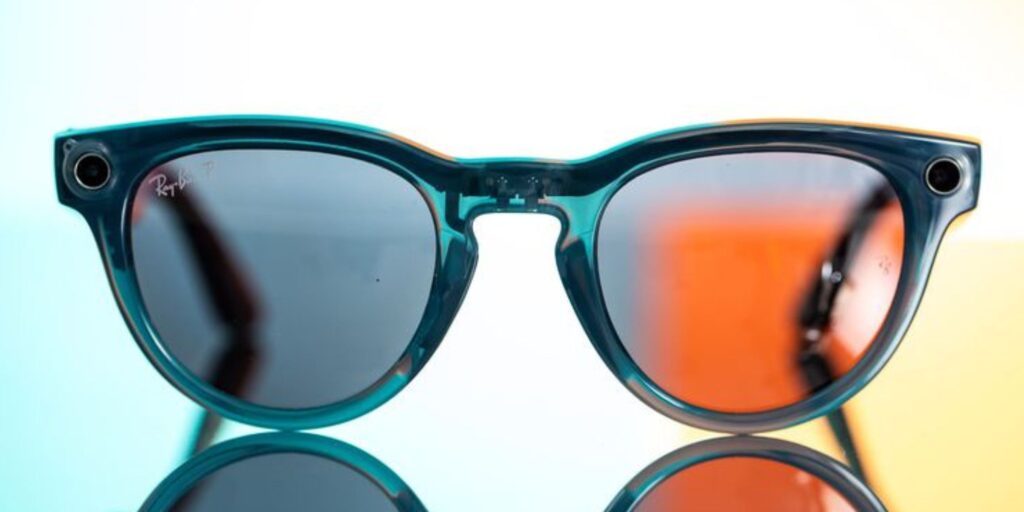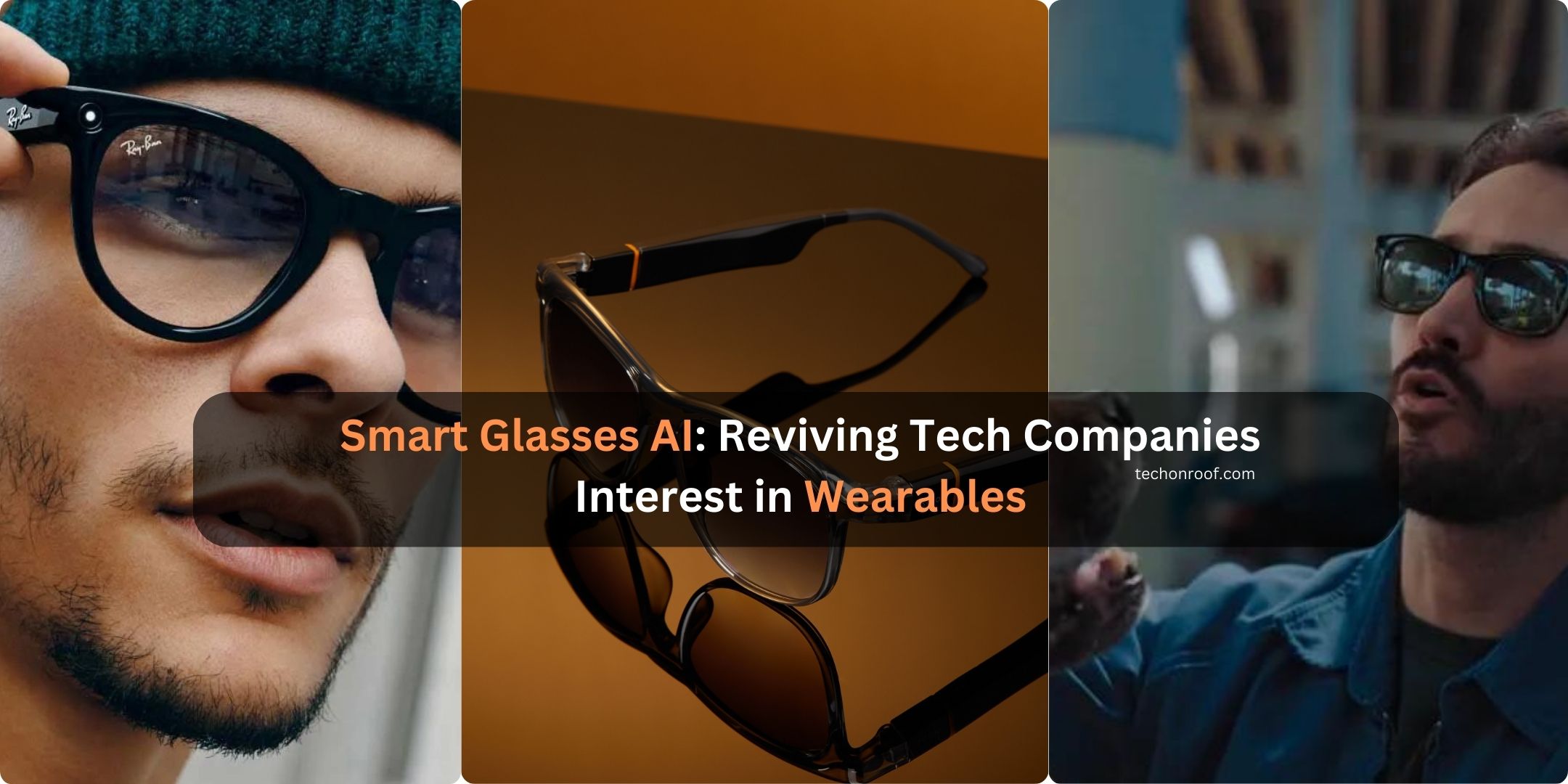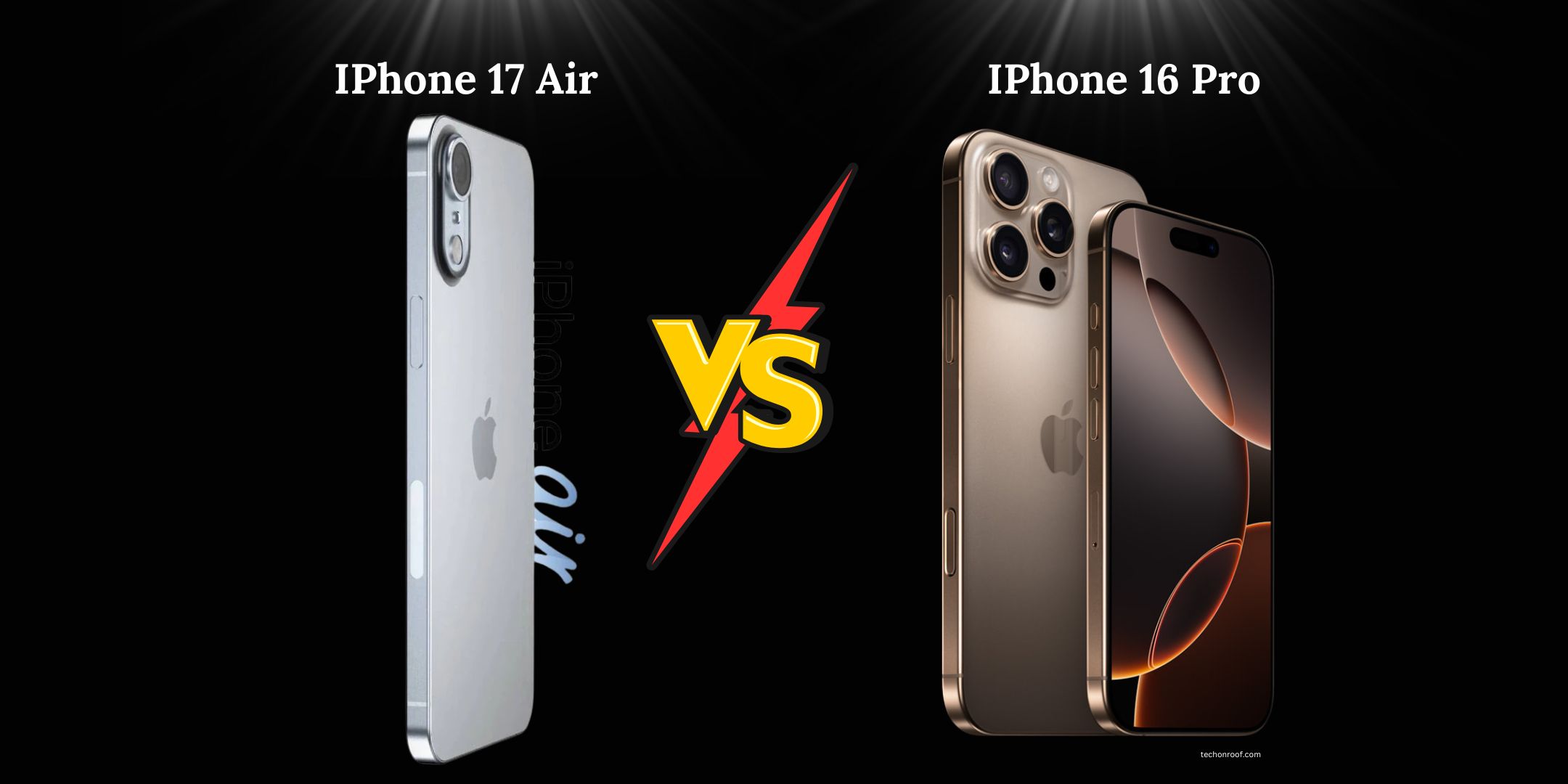The race to develop AI-powered wearables is heating up, with tech giants competing to create the most advanced smart glasses in 2024. Meta is preparing to unveil its highly anticipated augmented reality (AR) glasses, Orion, later this month. Meta’s CTO, Andrew Bosworth, says Orion is the most advanced technology on the planet in its domain. Snap, the company behind Snapchat, is also rolling out its fifth-generation AR glasses, Spectacles, which allow users to overlay custom filters onto their surroundings and record videos. Meanwhile, startups are entering the market to challenge the big players in the AI smart glasses space.
Growing Demand for AI-Powered Smart Glasses
The demand for AI wearables like smart glasses in 2024 is growing. During Meta’s Q2 earnings call, CEO Mark Zuckerberg highlighted the unexpected success of Meta’s Ray-Ban Smart Glasses, powered by the Llama AI model and can answer voice queries. Grand View Research reports that the global smart eyewear market, valued at $1.23 billion in 2022, is expected to grow by 27% annually through 2030.
Innovative Eyewear caters to everyday consumers, particularly those who frequently listen to podcasts or music. By contrast, Meta’s Ray-Ban glasses focus on content creators, with features like live streaming to Instagram and Facebook—ideal for influencers.
Read More: Meta Connect 2024: What to Expect from the Next-Gen Quest VR Headset
Innovative Eyewear’s Success with AI-Integrated Smart Glasses
Innovative Eyewear, a Miami-based company founded in 2019, has reported doubled sales since integrating ChatGPT into its smart glasses. Through their Lucyd app, users can engage with OpenAI’s chatbot hands-free, offering an AI-powered experience right in their glasses. CEO Harrison Gross explained that AI is like a second brain, providing enhanced cognitive abilities and instant access to information, similar to having Wikipedia in your glasses.

Long-Term Vision for AI Smart Glasses in 2024
Though challenges exist, Meta has sold over one million units of its latest Ray-Ban glasses, showing that AI-powered smart glasses have potential. Avi Greengart, president of Techsponential, sees plenty of room for innovation in the smart glasses AI market, especially as tech giants like Apple and Google leverage their vast ecosystems.
Read More Here: Deepak Chopra: How AI Can Serve as a Modern Spiritual Guide
On the other hand, startups face technical hurdles as they rely on existing hardware for displays, processors, and batteries. Ubrani pointed out that smaller companies don’t own the intellectual property for AI systems, leading to issues like bias and inaccuracies in AI responses.
Greengart also noted that Eyewear poses unique challenges, such as accommodating different face shapes and prescriptions while maintaining functionality at a justifiable price point.
Challenges for Mainstream Adoption
Despite all this hype about AI-friendly smart glasses in 2024, a problem exists. Smart eyewear was previously a difficult sell to average consumers. For example, Google Glass, introduced to the market back in 2013, had to be recalled twice from the market itself over privacy concerns and lack of acceptance by customers.
Similarly, Intel shelved its Vault glasses shortly after their 2018 release, and Amazon’s Echo Frames have not seen widespread adoption since their 2019 debut.
Jitesh Ubrani, research manager at IDC, believes that for AI glasses to succeed, they must be as practical and indistinguishable from regular Eyewear. With the U.S. optical market valued at $65.6 billion, mainstream adoption of AI-powered smart glasses will take time.

Customization and Aesthetic Appeal
Some companies are focusing on aesthetics to differentiate their smart glasses AI offerings. Solos, for example, positions its AI-powered glasses as fashionable accessories. The company recently introduced the AirGo3 Smart Glasses, which are capable of live AI searches for weather, news, and stocks, integrating ChatGPT, Google’s Gemini, and Anthropic’s Claude. Solos’ glasses feature a modular design, allowing users to swap out front frames without affecting the electronics.
Kenneth Fan, co-founder of Solos, emphasized the importance of style in AI glasses, noting that glasses are highly personalized and that consumers prioritize aesthetics before intelligent features.
The Future of Smart Glasses AI and Wearables
Despite the hurdles, companies like Solos and Innovative Eyewear remain optimistic about the future of AI glasses. Solos plans to release its AirGo Vision glasses with a built-in camera using ChatGPT-4o for object detection by year-end. Meanwhile, Innovative Eyewear aims to expand its retail presence by entering stores like Costco, America’s Best, and Sam’s Club.
CEO Harrison Gross of Innovative Eyewear said, It’s going to be fascinating to watch the space evolve over the coming years.
Though still in its early stages, the market for smart glasses in 2024 presents immense opportunities for both tech giants and startups as they innovate to meet the growing demand for more intelligent, more integrated wearable devices.
Faqs
What are smart glasses ai in 2024?
In 2024, smart glasses AI is a wearable eyewear with AI evolving to further personalize experience, from the introduction of features in augmented reality, voice assistance, and access to real-time information.
What is the AI feature on Ray-Ban?
The AI in Ray-Ban means that the company has been introducing voice-activated controls, thus allowing users to use their glasses for access to hands-free music, calls, and augmented reality.
When were the Ray-Ban smart glasses released?
Ray-Ban smart glasses launched September 2021 with integrated cameras and audio capacities. They can be used to shoot photos and enable hands-free listening to music.
Does Ray-Ban make smart glasses?
Yes. Ray-Ban develops smart glasses, including the traditional designs of eyewear, to integrate them with technology for the use of capturing photographs or listening to music and making calls without hands.





